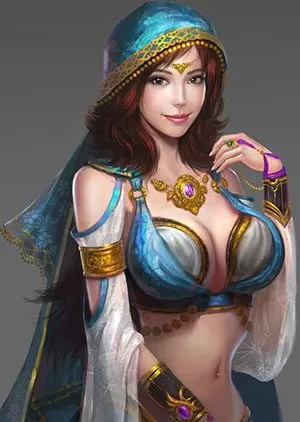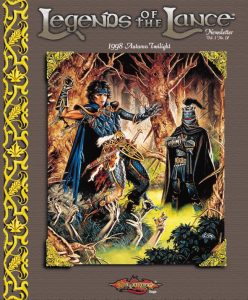
In many worlds' history, humans are seen as the most recent among the typical races, emerging later and living shorter lives compared to dwarves, elves, and dragons. This brevity of life might explain their drive to accomplish so much within the time allotted to them. Perhaps it's their need to prove something to the older races that leads them to establish grand empires built on conquest and commerce. Whatever their motivation, humans are known for their innovation, achievement, and pioneering spirit.
Humans, with their inherent desire for exploration and domination, exhibit more physical diversity than other standard races. There is no archetypal human. Individuals might range in height from 5 to just over 6 feet, and weigh anywhere from 125 to 250 pounds. Their skin tones vary from nearly black to pale, and hair may be black to blond and come in all textures. Many humans show traces of non-human lineage, like elf or orc. Adulthood comes in late teens for humans, and few live to see a century.
Among the common races, humans are the most versatile and goal-driven. They differ widely in their preferences, ethics, and traditions across various lands. When they decide to settle, they build to last, constructing age-defying cities and enduring kingdoms that last for generations. Though individual human lives may be brief, their societies preserve traditions extending far beyond the memory of a single individual. Living fully in the moment, yet with an eye on the future, humans are both adaptable opportunists and vigilant to shifting social and political landscapes.
Where an elf or dwarf might guard a specific site or secret alone, humans create sacred organizations for such tasks. Unlike dwarf clans and halfling traditions, human temples, governments, libraries, and legal systems anchor their traditions in historical foundations. Immortality might be a human dream, but aside from those seeking escape through undeath or divinity, they attain it through legacy and remembrance.
While some humans may display xenophobia, their societies tend to be more inclusive. Human territories often host a variety of nonhumans, unlike human populations in nonhuman lands.
Adventurous humans, the bravest of an already ambitious race, strive for glory through the accumulation of power, wealth, and renown. More than others, they tend to fight for ideals rather than lands or communities.
Due to their vast diversity, humans do not typically adhere to specific naming conventions. Names might be influenced by regional culture or ancestral traditions, or borrowed from languages like Dwarvish or Elvish.
Human material culture and appearance can vary greatly between regions. In the Forgotten Realms, aspects like clothing, architecture, food, music, and literature differ significantly across the lands. Even physical features vary based on ancient human migrations, resulting in a multitude of appearances. In these realms, nine major human ethnicities are recognized, and more than a dozen localized groups exist. These can serve as inspiration for defining the human character in any world.






